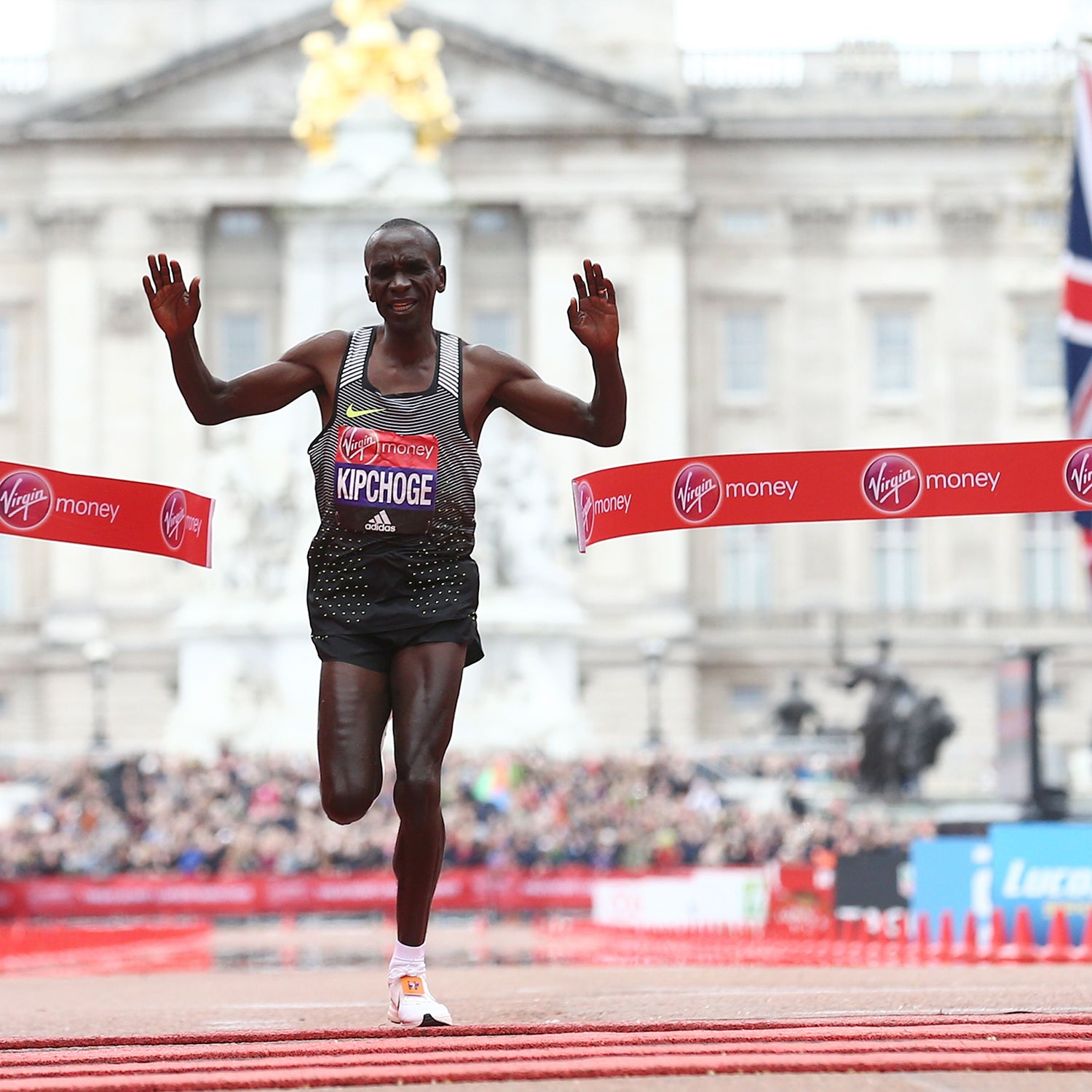Most people like to think of progress as a straight line. Though this certainly can be the case, it’s not always so—especially not when it comes to observable improvement.
In his new book, , James Clear uses the example of an ice cube. Ice melts only when it hits 32 degrees Fahrenheit. Does that mean the energy required to raise the temperature of ice from 25 to 26 to 27 to 29 to 31 degrees doesn’t matter? Of course not. You may only see results when you hit 32 degrees, but you never would have seen the ice melt had you not done all the prior work.
“Breakthrough moments are often the result of many previous actions, which build up the potential required to unleash a major change,” says Clear, who researches and runs workshops on habit development. The problem: “People make a few small changes, fail to see a tangible result, and decide to stop. Once this kind of thinking takes over, it’s easy to let good habits fall by the wayside.”
To make a meaningful difference, the work you are putting in needs to persist long enough to break through inevitable plateaus. As Clear points out, what is outwardly experienced as a static period doesn’t mean the work you’re doing isn’t having an effect. When you work on your habits, your habits work on you. Like the ice cube that is gradually warming, you are gradually changing under the hood.
This kind of slow burn to breakthrough improvement is a in most sports, from running to weightlifting. Improvement doesn’t always happen like this, of course, but there are times when you are stuck running eight-minute miles, and suddenly, without any real change to your training, you drop down to 7:45. Or your bench press jumps from 240 pounds, where you’ve been sitting for three months, to 255.
A similar path to progress happens in other endeavors. A recent published in the journal Nature found that while most people have a “hot streak” in their career—“a specific period during which an individual’s performance is substantially better than his or her typical performance,” the timing is somewhat unpredictable. “The hot streak emerges randomly within an individual’s sequence of works, is temporally localized, and is not associated with any detectable change in productivity,” the authors write. But one thing just about every hot streak has in common? They rest on a foundation of prior work, during which observable improvement was much less substantial.
There are, of course, risks associated with doing the same thing that you’ve always been doing without seeing any change—be it in the gym or at the workplace. But there’s equal risk in stopping or changing your approach prematurely. Based on an informal survey of my coaching friends—those who work in sport as well as those who work in creativity and business—giving up on something too soon is far more common than waiting around too long for something to happen. This isn’t surprising. Humans suffer from what behavioral scientists call the , or the tendency to err on the side of action over inaction. If we don’t see results, we get impatient and feel a strong urge to do something—anything—to expedite our progress.
And yet if you are following a plan that has ample evidence of effectiveness, and you aren’t getting injured or ill, it’s often wise to do the exact opposite and not change a thing—simply be patient with your process. “Every plateau is just a temporary delay on the long, slow march of progress. What you need is to continue to put in your reps. Eventually, the work will take you there,” Clear says.
It’s worth repeating that none of this is to say you shouldn’t ever adjust or transform your approach altogether. Sometimes that makes sense—especially, as Clear told me, if you are already at an elite level of performance and have mastered the fundamentals over years of work. But even then, you should also consider that if you keep changing the manner by which you are heating your proverbial ice cube, it may never get hot enough to start melting.
Brad Stulberg () writes ąú˛úłÔąĎşÚÁĎ’s Do It Better column and is the author of the bestselling book .


